Birth name Suman Hemmady Role Singer Name Suman Kalyanpur | Years active 1954–1981 Occupation(s) Singer | |
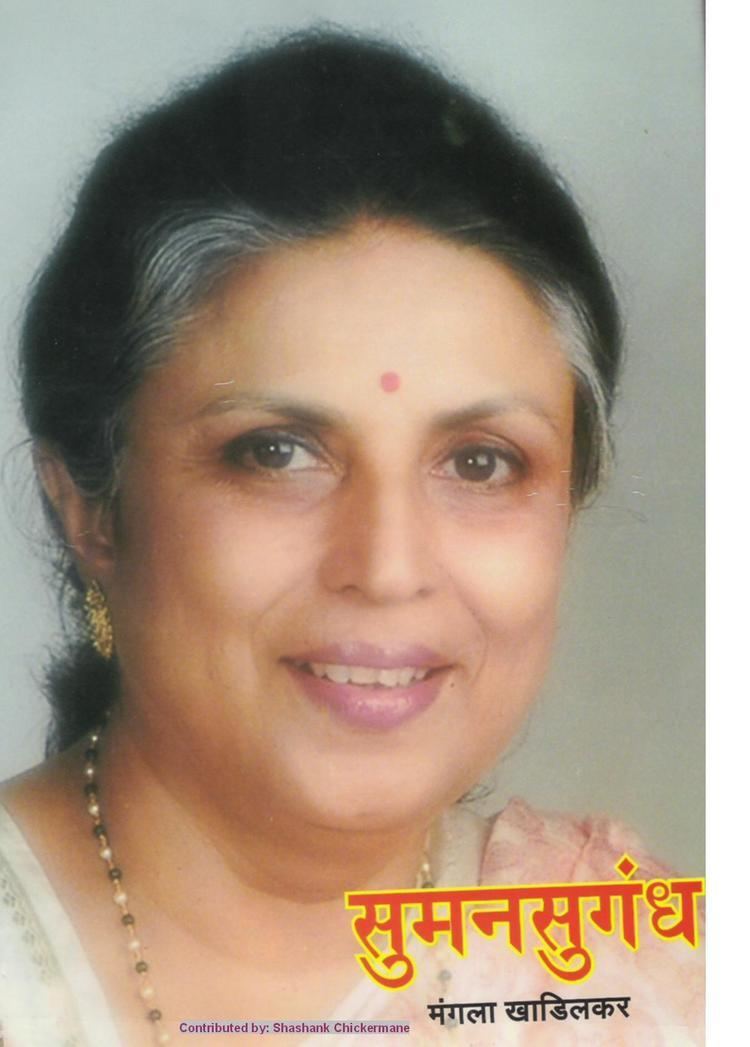 | ||
Nominations Filmfare Award for Best Female Playback Singer Similar People | ||
Milestone songs of suman kalyanpur
Suman Kalyanpur (a.k.a. Suman Hemmady) (born 28 January 1937) is an Indian singer. She is one of the best-known and most respected playback singers in India. She succeeded in achieving recognition of her own during the years of Lata Mangeshkar's monopoly and sang under the baton of almost all the top composers of the period. Many people believe that she could not reach the stature and position which her talent really warranted, in spite of having all the mandatory characteristics required to make a mark in the field of playback singing like great knowledge of classical music, a melodious voice and a wide range.
Contents
- Milestone songs of suman kalyanpur
- Suman kalyanpur live rare footage na na karte pyar music n chilli
- Early life
- Career
- Similarity of voice with Lata Mangeshkar
- Personal life
- Kalyanpurs popular songs
- Awards
- Songs in other languages
- Well known Marathi songs
- Popular Bengali songs
- References
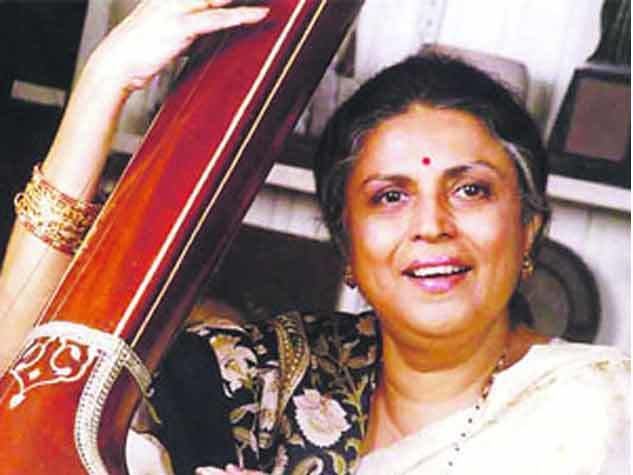
Her voice was often mistaken to be that of Lata Mangeshkar. Suman Kalyanpur's career started in 1954 and was very popular singer in the 1960s and 1970s. She recorded songs for movies in several languages besides Hindi, Marathi, Assamese, Gujarati, Kannada, Bhojpuri, Rajasthani, Bengali, Oriya and Punjabi. She was a bit unfortunate as she never won the National Film Awards or Filmfare Award for singing but is still considered among the popular singers of her prime time. She has sung a total of 857 Hindi songs.

Suman kalyanpur live rare footage na na karte pyar music n chilli
Early life
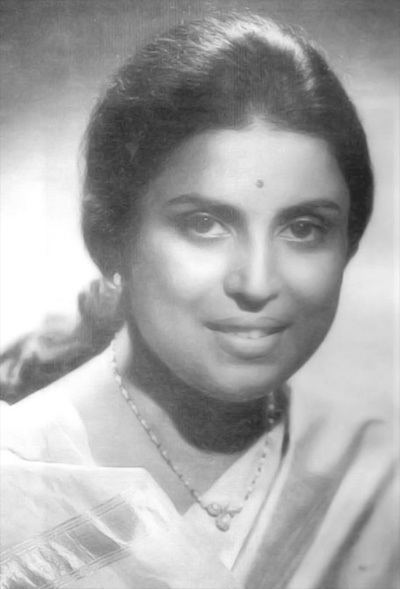
Suman Kalyanpur (সুমন কল্যানপুর) was born on 28 January 1937 in Dhaka. Suman Kalyanpur's father Shankar Rao Hemadi hailed from an elite Saraswat Brahmin family belonging to Mangalore, Karnataka. Hemmady is a village in Kundapur Taluk of Udupi District, Karnataka. He served on a top post in the Central Bank of India and was posted to Dhaka (now Bangladesh) for a very long period. Apart from father and mother Seeta Hemmady, there were 5 daughters and one son in the family with Suman being the eldest among her siblings. She is an eminent Indian singer. In 1943, her family moved to Mumbai, where she received her musical training.
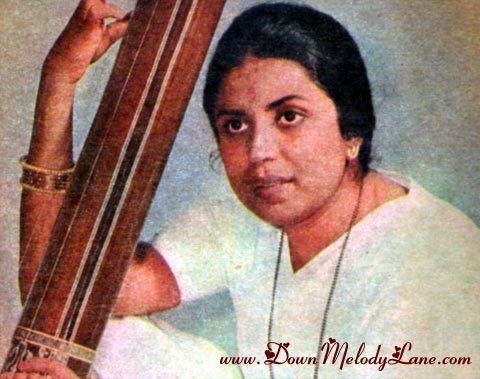
Suman had always been interested in Painting and Music. After completing schooling from Mumbai’s famed Columbia High School, She got admission in the prestigious Sir J. J. School of Arts for further studies in Painting. Simultaneously, she started learning classical vocal from Pune's Prabhat Films' music director and a close family friend, ‘Pandit Keshav Rao Bhole’. According to Suman, initially singing was just hobby to her but gradually her interest in music increased and she started learning it professionally from ‘Ustad Khan Abdul Rehman Khan’ and ‘Guruji Master Navrang’.
Career
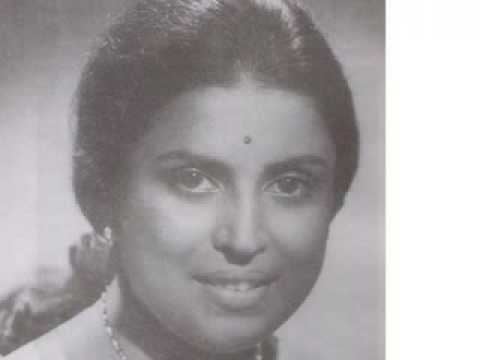
According to Suman, "Everybody at home had an inclination towards arts and music but public performances were strictly prohibited. Still, I could not say 'no' to an offer to sing for the All India Radio in 1952. This was my first public performance after which I got a chance to sing for the Marathi film 'Shukrachi Chandni' released in the year 1953. At that time, Sheikh Mukhtar was making the film 'Mangu' whose composer was ‘Mohammed Shafi’. Sheikh Mukhtar was so impressed with my ‘Shukrachi Chandni’ songs, that he got me to sing 3 songs for the film ‘Mangu’. However, due to some unknown reasons, later ‘O.P, Nayyar’ replaced ’Mohammed Shafi’ and only one of my 3 songs, a lullaby “Koi Pukaare Dheere Se Tujhe” was retained in the film. Thus, I entered Hindi cinema with the 1954 release ‘Mangu’."
Immediately after the film ‘Mangu’, Suman sang 5 songs under the baton of composer ‘Nashaad’ for the film ‘Darwaza’ (1954), which was produced by Ismat Chugtai and directed by Shahid Lateef. Since ‘Darwaza’ released first, it is generally believed to be Suman Kalyanpur’s first Hindi film. In the same year (1954), Suman sang the film version of O.P.Nayyar’s hit ensemble song ‘Mohabbat Kar Lo Ji Bhar Lo Aji Kisne Roka Hai’ with Rafi and Geeta Dutt for the film ‘Aar Paar’. According to Suman, She had a couple of solo lines to sing and her services were used, more, as a chorus singer in this song. This proved to be the only song she ever sang for O.P.Nayyar.
Suman Kalyanpur's first film song was a duet with Talat Mahmood in Darwaza (1954). Talat Mahmood heard Kalyanpur singing in a musical concert and was highly impressed by her singing. A rank newcomer, her career hit the big league when Talat agreed to sing the duet with her, making the film industry sit up and take notice of her.
She sang for the movie, Mangu (1954), Koi Pukare Dheere Se Tujhe. Kalyanpur provided playback singing for Miyan Bibi Razi (1960), Baat Ek Raat Ki (1962), Dil Ek Mandir (1963), Dil Hi To Hai (1963), Shagoon (1964), Jahan Ara (1964), Sanjh Aur Sawera (1964), Noor Jahan (1967), Saathi (1968) and Pakeezah (1971). She sang for composers Shankar Jaikishan, Roshan, Madan Mohan, S. D. Burman, Hemant Kumar, Chitragupta, Naushad, S. N. Tripathi, Ghulam Mohammed, Kalyanji Anandji and Laxmikant-Pyarelal singing the most songs for the first two in the list. She has sung over 740 movie and non-movie songs. She sang over 140 duets with Rafi in the 1960s.
Suman's first song in Marathi was the super-hit "Bhaatuklichaa khel maandila" for Vasant Prabhu, for the film Pasant Aahe Mulgi. After that she never looked back for over 20 years. Putra Vhawa Aisaa, Ekti, Manini and Annapoorna were but a few of her memorable films. But even outside films, her hits are legion and include over 50 timeless gems of Marathi films, bhavgeet and bhaktigeet.
Kalyanpur sang with Lata Mangeshkar the duet "Kabhi Aaj, Kabhi Kal, Kabhi Parson" under the direction of composer Hemant Kumar. She recorded some popular duets with male singers Mohammed Rafi, Manna Dey, Mukesh, Talat Mahmood, and Hemant Kumar. Some of her memorable duets with Rafi are "Aajkal Tere Mere Pyaar Ke Charche", "Na Na Karte Pyaar", "Tumse O Hasina", "Rahen Na Rahen Hum", "Parbaton Ke Pedon Par Shaam Ka Basera He", "Yeh Parbaton Ke Daayare", "Ajahuna Aye Balama", "Tumane Pukara Aur Hum Chale Aye", "Bad Muddat Ke Yeh Ghadi Ayee", "Mujhhe Yeh Bhool Na", "Dil Ne Phir Yaad Kiya", "Tujhko Dilbari Ki Kasam" and "Chand Takata Hai Idhar". With Manna Dey, she sang the popular duet "Na Jane Kahan Ham The" under the music direction of Dattaram. With Mukesh she has sung many popular duets like `Yeh Kisne geet chheda', "Akhiyon ka noor hai tu", "Mera Pyar bhi tu hai", "Dil ne phir yaad Kiya", "Shama se koi Kehde" etc.
Kalyanpur also recorded some memorable songs with a classical base, including "Manamohan Man Mein Ho Tumhi", "Mere Sang Gā Gunguna" and "Gir Gayi Re More Mathe Ki Bindiya".
Similarity of voice with Lata Mangeshkar
Kalyanpur's voice was very similar to the great singer Lata Mangeshkar. Many of her songs are indistinguishable from Lata's style, because she sung with a quality comparable to Lata. Kalyanpur becomes very uncomfortable regarding the similarity between her voice and Lata’s. She had once answered "I was quite influenced by her. In my college days, I used to sing her songs. Meri aawaaz nazuk aur patli thi (My voice was fragile and thin). What could I do? Also when Radio Ceylon relayed the songs, the names were never announced. Even the records sometimes gave the wrong name. Maybe that caused more confusion." In the era of 1950s and 1960s, the period was referred as the golden era of Hindi film music where the time when female playback singing was dominated by the Mangeshkar sisters Lata and Asha Bhosale. When Lata was not available for recording, or if the producers could not afford her rate of Rs 100 per song, the song used to be sung by Kalyanpur. During the similar period, Lata had refused to sing with Rafi over royalty issues and those songs were recorded by Kalyanpur with Rafi. She sang over 140 duets with Rafi in this period.
Personal life
Suman married a Mumbai based businessman Ramanand Kalyanpur in the year 1958 and thus, became Suman Kalyanpur from Suman Hemadi. He accompanied her for every recording session after her marriage. She has a daughter named Charul Agni who is settled in the United States after marriage.
Kalyanpur's popular songs
Mera Pyar Bhi Tu Hai Yeh Bahar Bhi Tu Hai with Mukesh from Saathi (1968)
Awards
- Received three times the prestigious "Sur Sringar Samsad" award for the best classical song in a Hindi movie.
- Lata Mangeshkar Award 2009 by the Maharashtra government
- Ga Di Ma Award by Ga Di Ma Pratishthan
Songs in other languages
Her recordings include devotional songs, ghazals and thumris.
In Marathi, Kalyanpur recorded for composers Sudhir Phadke, Dashrath Pujari, Kamlakar Bhagwat and Ashok Patki.
